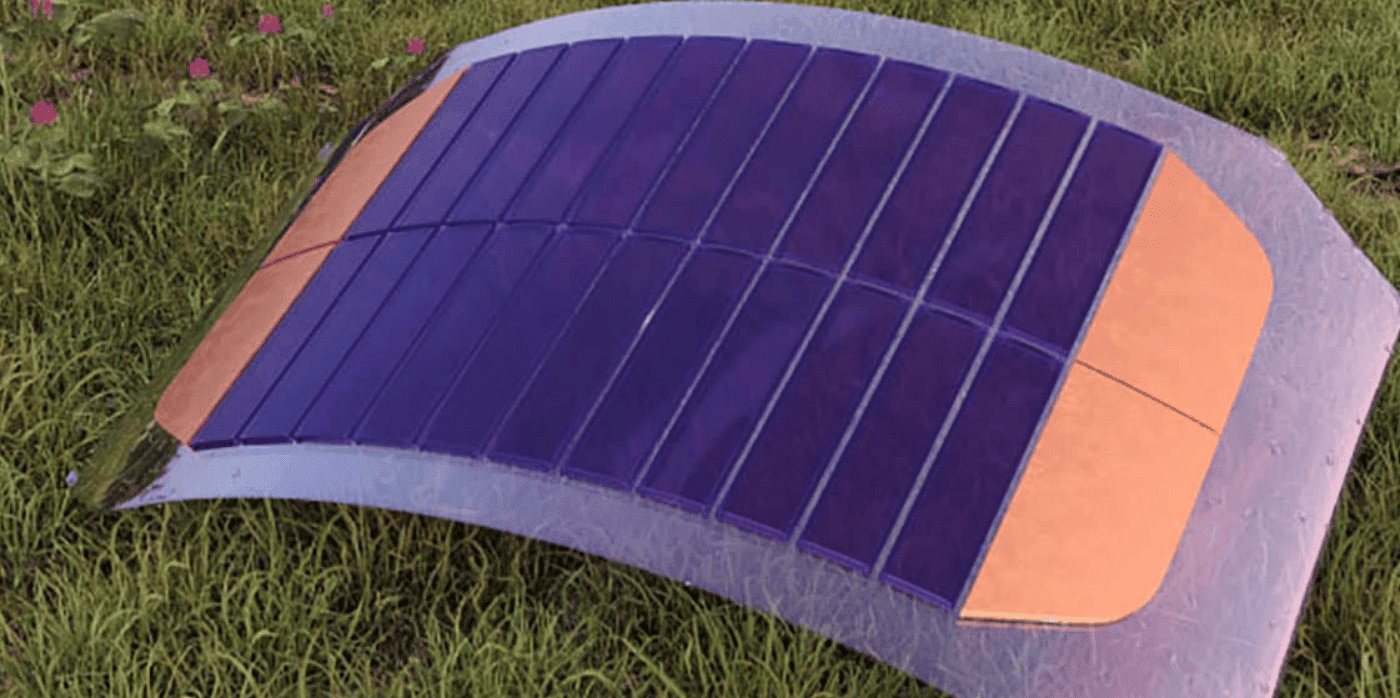Biosolvents for greener manufacturing of solar panels

Spotted: Although organic solar cells – those that use carbon-based materials and organic molecules – are one of the greenest solar cell technologies, manufacturing them still relies on carcinogenic petrochemical processes. With the health of workers and the planet in mind, researchers at the King Abdullah University of Science and Technology (KAUST) in Saudi Arabia have replaced the toxic solvents with plant-derived alternatives.
By applying a framework called the Hansen solubility formulation, the KAUST team searched for a new solvent that was similar on a molecular level to the toxic solvent presently used for organic solar cells. With this, they found that plant-based solvents called terpenes could suitably replace them without impacting the cells’ light-capturing performance.
Daniel Corzo, a PhD student in Derya Baran’s lab, who led the work, said: “We obtained solar cells with efficiencies above 16 per cent using terpene-based inks — essentially the same as from chlorinated solvents — but with an 85 per cent lower carbon footprint and with the potential to become carbon negative in the future.”
In a bid for their discovery to make an impact, the KAUST researchers have made their findings freely available in an interactive library for green solvent selection.
Springwise has previously spotted other innovations aimed at improving solar energy, from replacing silver with copper in solar panel production, to a startup that hopes to divert solar projects to more impactful sites.
Written By: Georgia King

